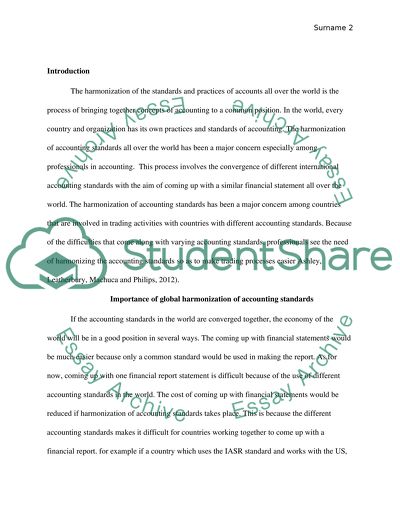Cite this document
(“Accounting Theory and Practice Essay Example | Topics and Well Written Essays - 2500 words”, n.d.)
Retrieved from https://studentshare.org/finance-accounting/1646926-accounting-theory-and-practice
Retrieved from https://studentshare.org/finance-accounting/1646926-accounting-theory-and-practice
(Accounting Theory and Practice Essay Example | Topics and Well Written Essays - 2500 Words)
https://studentshare.org/finance-accounting/1646926-accounting-theory-and-practice.
https://studentshare.org/finance-accounting/1646926-accounting-theory-and-practice.
“Accounting Theory and Practice Essay Example | Topics and Well Written Essays - 2500 Words”, n.d. https://studentshare.org/finance-accounting/1646926-accounting-theory-and-practice.


